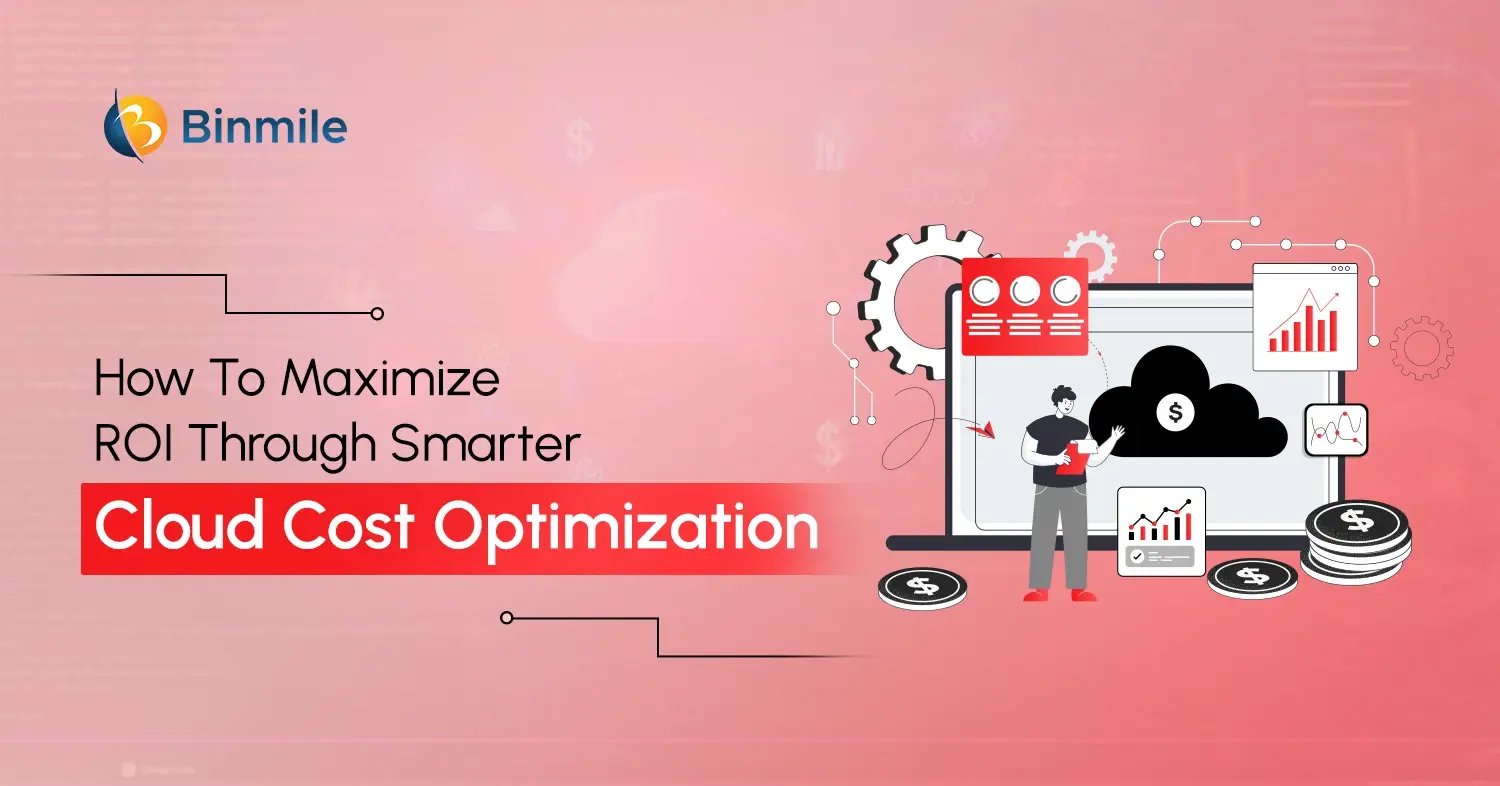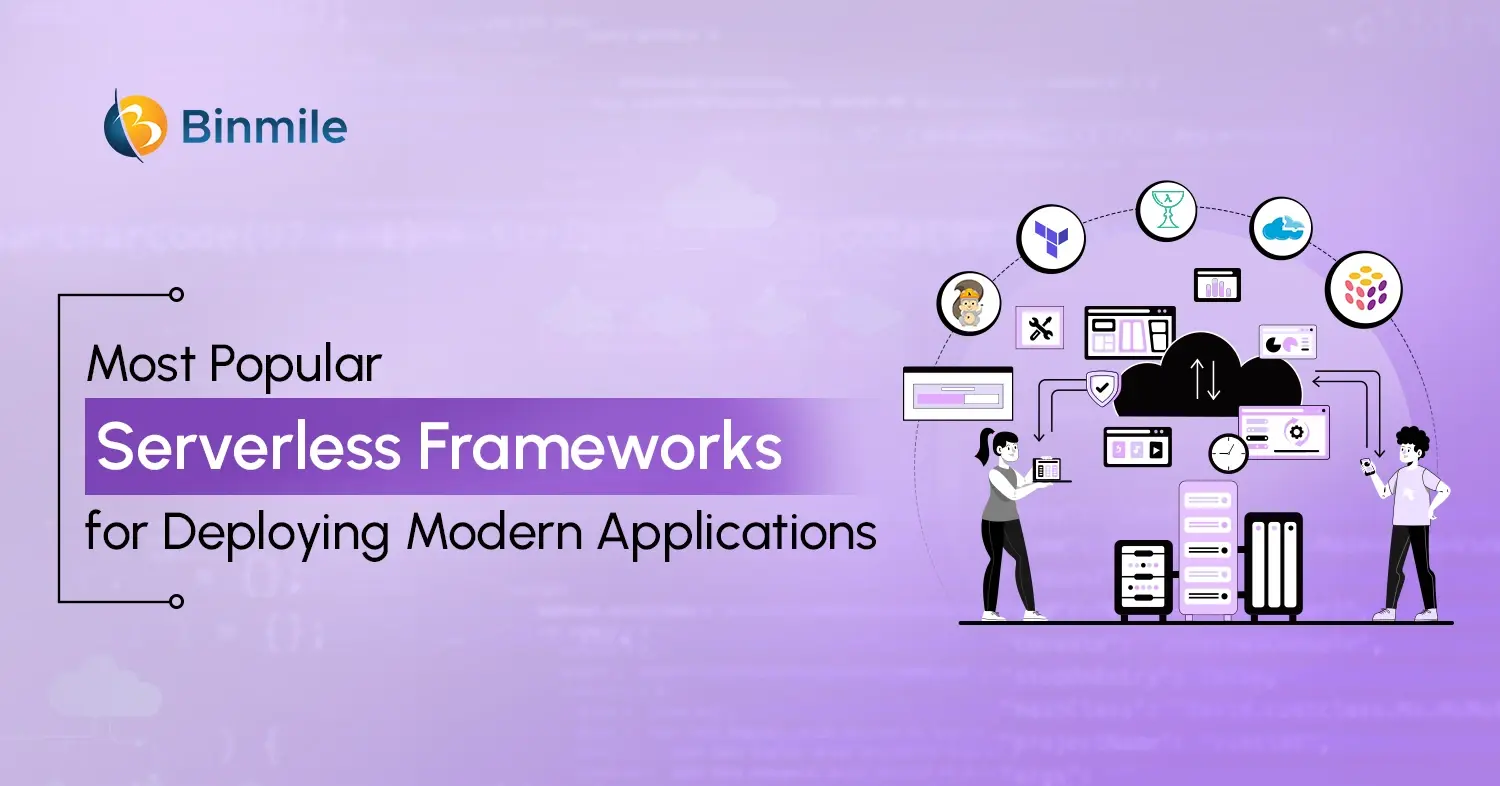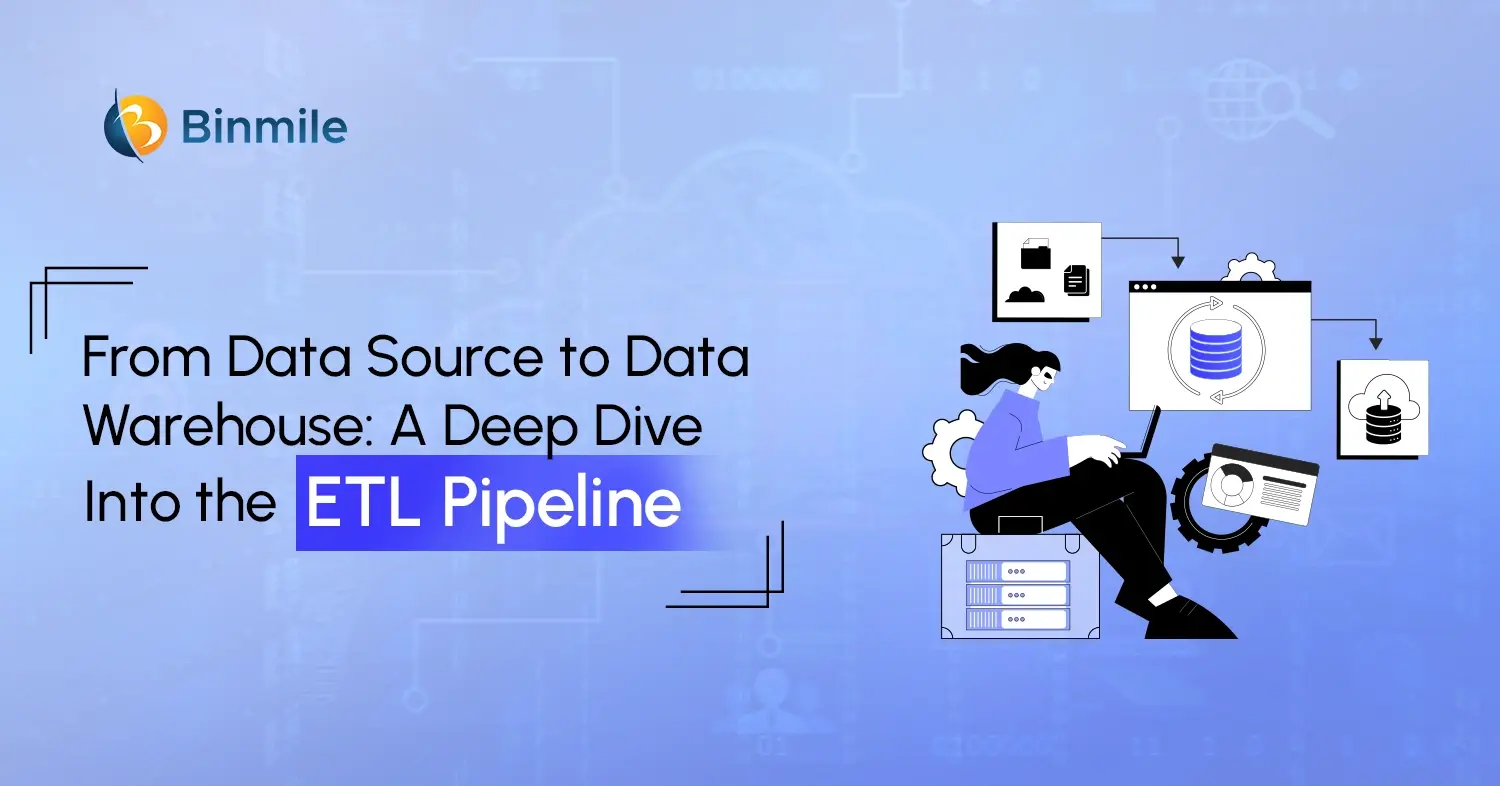With the advent of emerging technologies such as artificial intelligence, generative AI, or NLP, cloud computing remains a driving force for digital transformation. From application development, data backup, and cloud storage to infrastructure deployment, the cloud has transformed the way businesses operate today. Cloud computing is expected to grow 14.1% from 2023 to 2030, reaching $1,266.4 billion by 2028, at a CAGR of 15.1%. With growth like this, cloud computing is quickly becoming the norm as businesses begin to phase out on-premise software altogether. While going for service models, you’d primarily come across various cloud services, but core models of cloud service are IaaS, PaaS, and SaaS. All these platforms describe how you can use the cloud for your business and how much you’re responsible for management in your cloud environments.
SaaS, PaaS, and IaaS models help enterprises in building, create, and store data in the cloud and offer this functionality with a pay-per-use model. However, it’s essential to know the differences to use them to their optimal potential. In this blog, we’ll break down 7 factors that differentiate between IaaS vs PaaS vs Saas. In addition, we’ll explore what they mean in practice and what each model offers your organization.
PaaS, IaaS, or SaaS: Making Sense of Cloud Computing Models
When we say “As a service,” we’re referring to a service model offered by a third party in the cloud. Under this model, you don’t have to purchase, manage, or use any hardware, software, tools, or applications from an on-premises data center. Instead, you choose a subscription or pay-as-you-go to access what you need on demand via an internet connection. There are 3 major cloud computing models: IaaS, SaaS, and PaaS.
Let’s understand them in detail.
Infrastructure as a Service (IaaS)
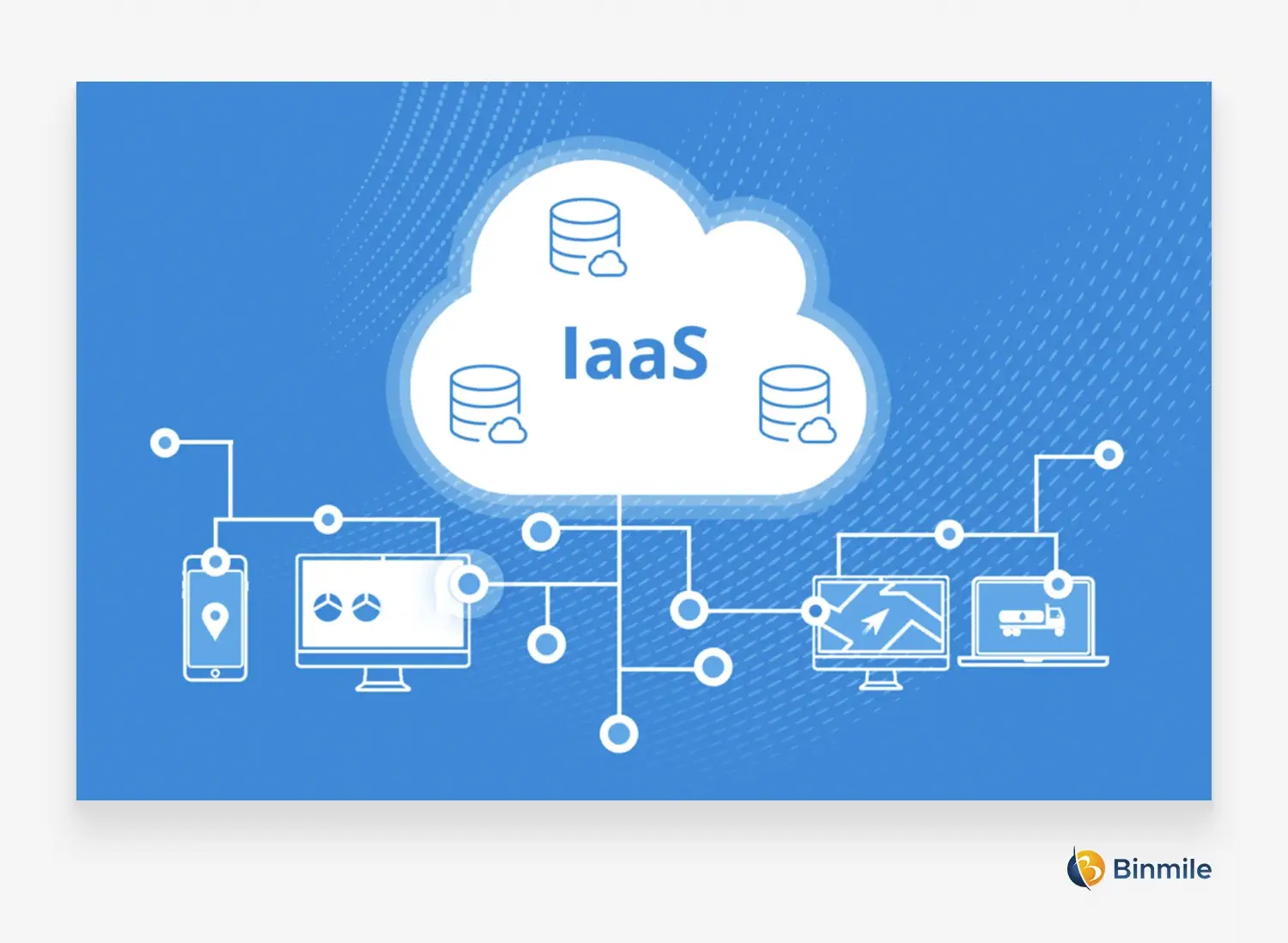
It delivers on-demand computing resources such as networking, and storage for virtualization. Users don’t have to manage or maintain their infrastructure but are responsible for OS, VMs or middleware, and any apps or data.
IaaS Characteristics
- Resources available as a service
- Variable, consumption-based costs
- Highly scalable services
- Multi-user hardware access
- Organizational control of the infrastructure
- Dynamic flexibility
Platform as a Service (PaaS)
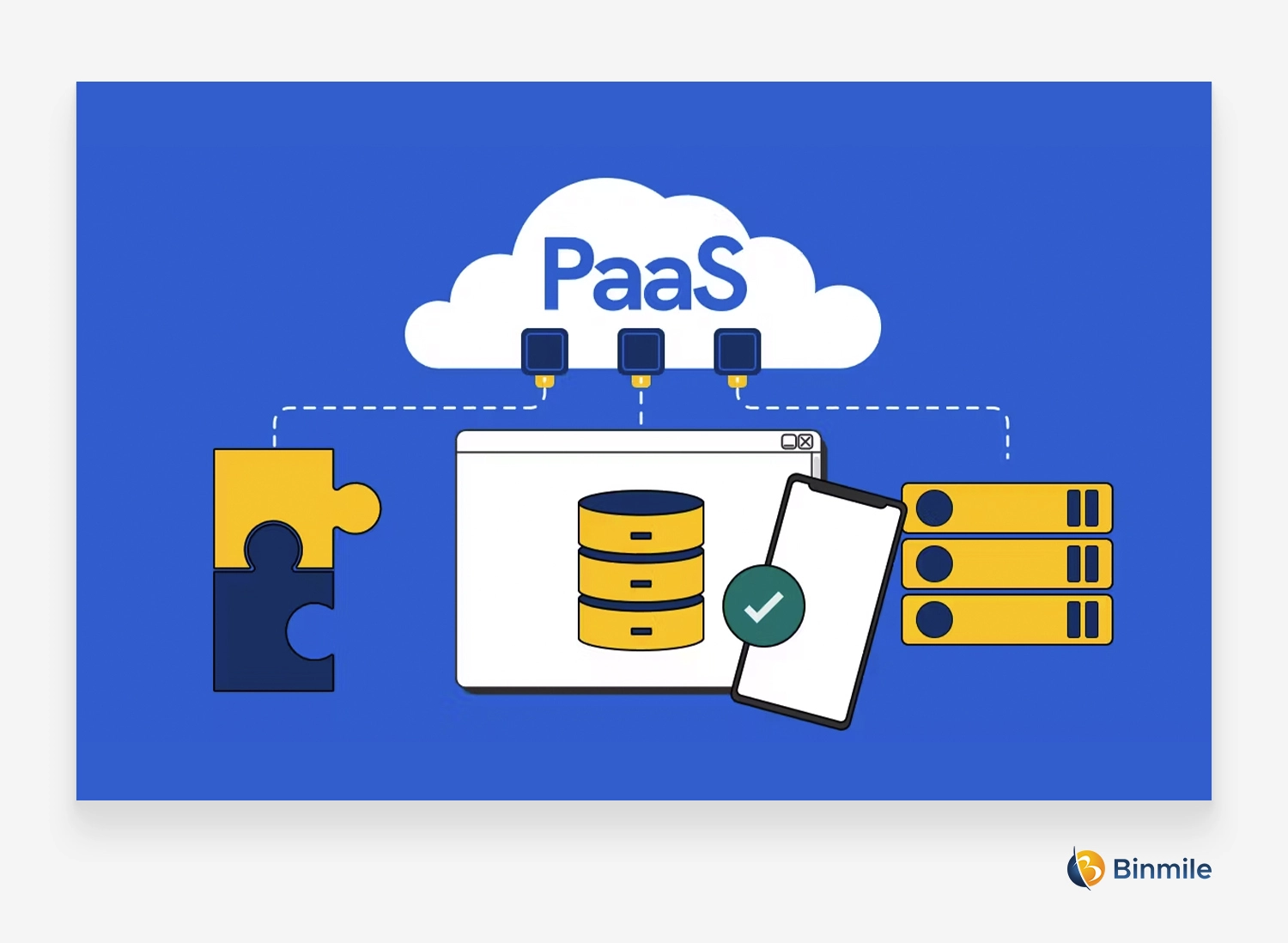
It offers a cloud-based environment with everything required for developing, running, and managing applications. The SDLC team doesn’t have to worry about the complexity of building and maintaining the infrastructure.
PaaS Characteristics
- Builds on virtualization technology, so resources can easily be scaled up or down as your business changes
- Provides a variety of services to assist with the development, testing, and deployment of apps
- Accessibility to many users via the same development application
- Integration with web services and databases
Software as a Service (SaaS)

Software as a service provides the entire application stack, delivering an entire cloud-based application that customers can access and use. This eliminates the need to install and run these applications on individual computers, simplifying maintenance and support.
SaaS Characteristics
- Managed from a central location
- Hosted on a remote server
- Accessible over the internet
- Users not responsible for hardware or software updates
Also Read: XaaS in Cloud Computing
PaaS vs IaaS vs SaaS: 7 Factors to Consider Before Choosing the Right Cloud Service
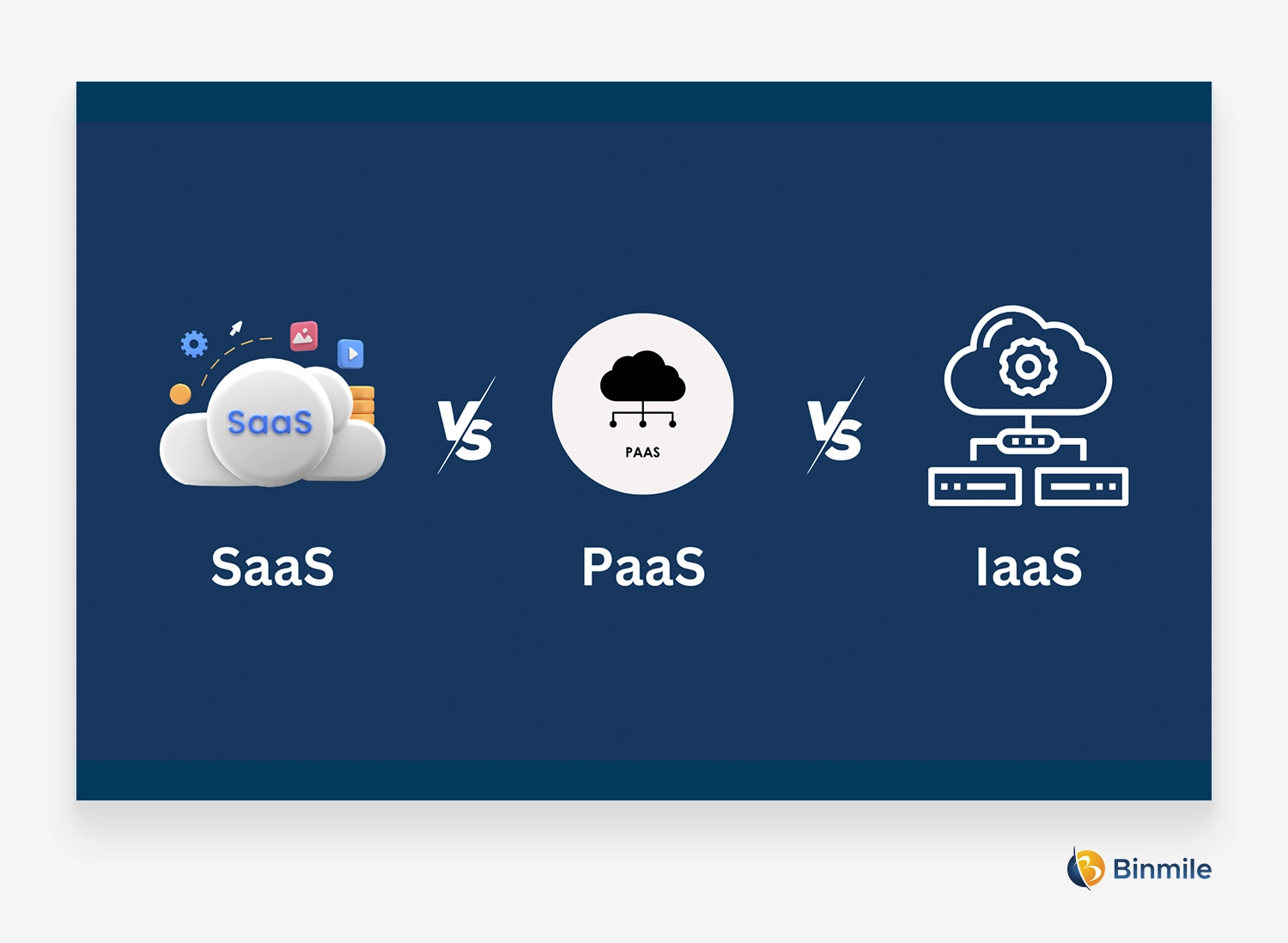
All three models have their features and advantages, but choosing between any of these is going to be a difficult task as each offers different benefits to organizations. Remember, these models are not mutually exclusive—sometimes organizations use more than one, and many larger organizations today use all three, often with traditional IT. We’re listing 7 factors for you to decide which is an ideal model for your business.
1. Level of Service:
- IaaS: It offers virtual machines as well as storage and networking, each essential to the development of a virtual data center.
- PaaS: Provides a development environment already equipped with the tools and frameworks relating to IaaS so that developers do not have to cram these details into the core of their application development.
- SaaS: Enables users with accessibility to tools or resources that are ready-to-use featuring an intuitive interface and list of available functions, anywhere in the world.
2. User Responsibility:
- IaaS: The vendors are responsible for managing or maintaining operating systems, middleware, applications, and data security within their infrastructure.
- PaaS: Reduces management burden. Developers deploy applications and data, while the Platform Providers take care of supportive infrastructure and tools.
- SaaS: Minimal management required. Users only use the software to access and use the data, while the provider deals with (provision of adequate infrastructure) and software maintenance.
3. Control and Customization:
- IaaS: You get maximum controllability and personalization, thus you can adjust the model to the most complex tasks with special needs.
- PaaS: Ideal for those developers who understand the importance of having a certain level of control over their development environment yet less than with IaaS. Even though there are limitations on personalization settings due to the platform.
- SaaS: It offers quite little control and no customization. Both factors are restricted due to the structure of the framework offered by the developers.
4. Scalability:
- IaaS: Highly scalable. Regarding resources functionality users can easily add or remove them whenever necessary.
- PaaS: Broadly scalable and an application can grow within it without the need for changes in the platform limits.
- SaaS: Scalability is placed under the control of the provider’s infrastructure. Customers would have to purchase a higher level of service for an extra amount in case of the need for rising capacity.
5. Cost:
- IaaS: The price can diverge from the consumption rates of the resource. Most people opt for a pay-as-you-go plan, as it leads to an economical use of resources, however, effective budgeting is the key.
- PaaS: Generally charged on a subscription plan, rates varying depending on package type offered and level of usage.
- SaaS: The services are purchased based on either the user or per attribute, at a monthly fixed cost.
6. Target Users:
- IaaS: Ideal for IT professionals and developers with in-depth knowledge of managing a platform operation.
- PaaS: Developers with this choice can exclusively concentrate on their application development, rather than be bothered with infrastructure concerns.
- SaaS: Oftentimes, a natural language programming language is used with this kind of software because of its versatility and straightforwardness.
7. Examples:
- IaaS: DigitalOcean, Linode, Rackspace, AWS, Cisco Metapod, Microsoft Azure, Google Compute Engine (GCE)
- PaaS: Amazon Web Services (AWS) Elastic Beanstalk, Windows Azure, Heroku, Force.com, Google App Engine, Apache Stratos, Red Hat OpenShift
- SaaS: Google Workspace, Dropbox, Salesforce, Cisco WebEx, Concur, GoToMeeting
Want to leverage the Cloud for lower operational costs, scalability, and unparalleled performance, get in touch with our Cloud consulting and implementation services experts!
IaaS, PaaS, Or SaaS — Which Cloud Solution Should You Choose?
In the debate of IaaS vs PaaS vs SaaS, which is the better model for your business? There’s no clear winner— each cloud computing model has features that suit different kinds of companies or the scale of your projects. We’re listing down some scenarios when one of the models is ideal to leverage, so let’s explore.
- IaaS, it’s well-suited for businesses that require full control over their infrastructure, have fluctuating workloads, and possess the technical know-how to manage virtualized resources effectively.
- PaaS is ideal for organizations focused on application development and innovation, offering a streamlined development environment and reducing the burden of infrastructure management.
- SaaS is beneficial for businesses looking for quick deployment, low upfront costs, and minimal maintenance overhead, particularly for standard business applications.
Read More: Strategic Guide to SaaS Business Model
Final Thoughts
There’s a cloud service for your every requirement. For instance, when you need cloud-based software for storage options, a smooth platform that allows you to create customized applications, or whether you want complete control over your entire infrastructure without having to maintain it physically. There’s no right or wrong choice here when it comes to selecting the cloud model for your business operations. Moreover, there’s no one-size-fits-all solution when it comes to choosing between IaaS, PaaS, and SaaS.
We’ve learned so far how each model offers unique benefits and caters to different business requirements. IaaS, SaaS, or PaaS, no matter which cloud model you decide to go for, remember migrating to the cloud is the future. In this blog, we discussed the differences between IaaS, PaaS, and SaaS. Additionally, we also deep dive into how you can decide which model fits your business objectives or project type. Hopefully, this will help you make an informed decision about aws cloud migration strategy. We also recommend you consult a cloud consulting services company. It can empower you to leverage cloud solutions to maximize efficiency, agility, and innovation within your business operations.


